In today’s increasingly competitive medical landscape, where AI is rapidly reshaping professional boundaries, an urgent question arises: can doctors extend their influence beyond the consulting room, transcend language barriers, and step into the realm of international impact? This is not merely the career anxiety of individuals, but a shared challenge for doctors of all generations as they confront the realities of globalisation.
“Knowledge is now swiftly organised by algorithms, diagnostic processes are becoming standardised, and the quality of care is instantly quantifiable. Professional expertise is no longer a moat of influence. With the spread of AI, expertise has become the basic threshold, perhaps only the entry ticket to influence. What truly determines whether you gain greater choice is visibility, being seen and understood by patients, peers, institutions, and even by the international community, especially if you are considering the possibility of engaging with larger global markets,” explained Harry Hsu, CEO of《The Icons》International Leaders Magazine.
On 16 August 2025, the DR.HAO Academy, Asia’s most forward-looking platform for doctors’ career development, hosted an international online seminar entitled The Rise of the White Coat IP: Projecting Leadership Voices Across Contexts and Borders. The event, chaired by the Academy’s founder and dean, Dr. Roger Chang, featured Harry Hsu as keynote speaker. Addressing nearly a hundred doctors from multiple countries, Hsu outlined a clear pathway for moving from “professional authority” to “leadership in an era of change”.
Hsu emphasised that when a ‘personal brand’ evolves into a ‘leadership brand’, speed, scale, and reach are undoubtedly important. Yet what truly sustains influence over time is warmth: “A leadership IP is never a cold and distant individual success story. It is a real, human presence, respected, charismatic, and capable of carrying vision, inspiring others, advancing society, and guiding people effectively towards a shared goal.”
Having long accompanied doctors in exploring diverse possibilities for their careers through the DR.HAO Academy, Dr. Roger Chang noted that cultivating a ‘leadership brand’ is not simply a matter of personal “brand upgrade”. It is a shared destiny for doctors across the world. “This is no longer a career option. It is a decisive factor in whether this generation of doctors can leave a clear and enduring marker in the tide of history.”
At the very outset of the seminar, Hsu drew attention to both the crises and opportunities AI presents: “As AI raises the global baseline of professional competence, those who can integrate clinical evidence, ethical consciousness, and public narrative into a leadership language comprehensible to the world will be the ones to represent their regions, connect globally, and even help shape the standards of tomorrow. In doing so, they will not only secure influence for themselves, but also empower their wider community.”

The Narrative of ‘Destiny’: Are You the One Chosen by Fate?
At the opening of his keynote, Harry Hsu set the tone with a sweeping historical perspective. Throughout the long course of human history, the emergence of so-called “chosen ones” has rarely been the result of simply standing at the centre of the stage. More often, it has come from their actions aligning with a deeper need of their era. Ancient traditions described this as the “Mandate of Heaven”. Hsu reframed it as the narrative of “Destiny”, not mysticism but the legitimacy and trust that enable people to believe “it must be you”.
“Destiny here is not a myth of fate, but a covenant between the times and the individual. Every effort and every setback you have endured eventually converges at a decisive moment into a source of strength, convincing others that you are the one who has been called to shoulder the responsibility. Once this narrative is established, you are no longer a solitary actor; you become one of the answers of your age.”
Examples of this can be found across cultures and throughout history. In the East, Zhuge Liang accepted the call to “restore the Han” and bound his life to that mission. In modern Japan, Kazuo Inamori governed by the ethic of “revering heaven and loving people”, rescuing not only an airline but elevating the philosophy of management itself. In the West, Winston Churchill in Britain turned national survival into a mission that every citizen could share during the darkest hours of war. In medicine, Jonas Salk chose not to patent his polio vaccine, declaring “Could you patent the sun?”, linking personal achievement to humanity’s collective destiny. The common thread in each case was clear: their journeys were not self-serving stories, but paths that became inseparable from the road of their times.
Hsu also noted that narratives of destiny are not always organic. They can be consciously forged, particularly when societies require stability amidst turmoil. During the pandemic, figures such as Zhong Nanshan in China, Chen Shih-chung in Taiwan, and Chris Whitty in the United Kingdom were each positioned as anchors of public reassurance. Their roles were not accidental but deliberately shaped through systems of governance, expert authority, and communication strategies, giving the public a coherent narrative to follow in uncertain times.
Returning to the stage of medicine, Hsu stressed that destiny is not something one passively waits for, but something that can be forged. “Your past in clinical work and research, your experience in management and public engagement, all these must be connected step by step to the present needs of society and the era. These might be ageing populations, cancer prevention, public health, medical ethics, or the boundaries of technology. The key is to ensure that stakeholders understand why you are needed now, and why it has to be you.”
He added: “If your leadership IP were a white paper, it must not become a mere collection of credentials. It should be written as a path that responds to the needs of the times, containing the ambition of a leader, the strategy of a thinker, and above all the intention to pursue shared good with society. When you can connect the peaks and valleys of your own journey into the coordinates of this era, you cease to be just another figure in the landscape. You become the one capable of shaping the very canvas itself, the true ‘chosen one’ of your time.”
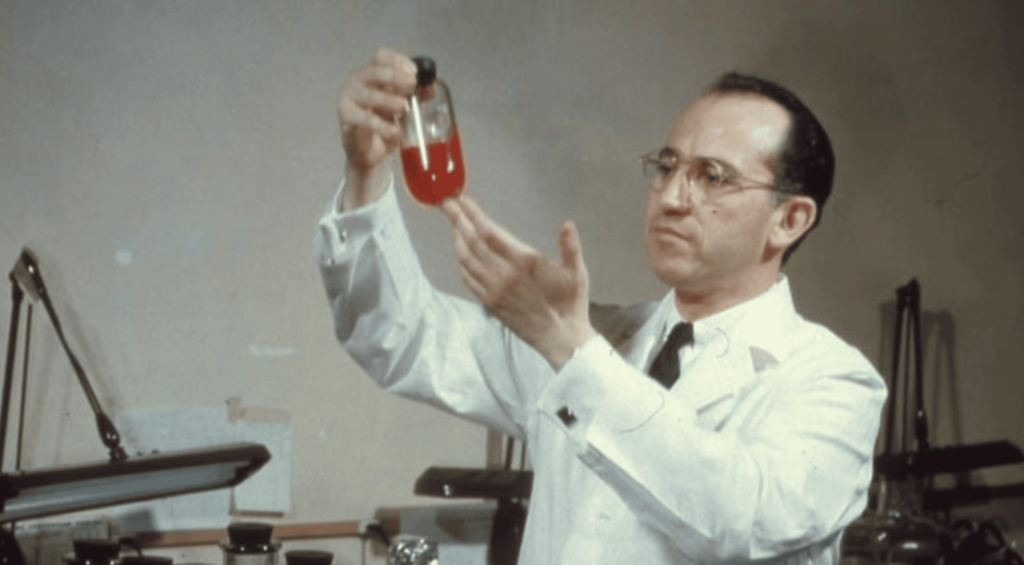
From Capturing Attention to Winning Trust: The Battle to Place Expertise at the Heart of the Narrative
“When you reach the level of a leadership brand, proving your professional expertise is no longer the point. What matters is placing that expertise in a position where it can shape the narrative,” said Harry Hsu. “At this stage, it is not about how many followers or how much traffic you command, but whether you can define the issues in front of different stakeholders and have them follow your lead.”
During the Q&A session, Dr. Roger Chang reflected on the gap between the clinical setting and the wider social arena. Doctors, he noted, are trained to be precise and restrained in their reasoning, yet once outside the consulting room, society tends to understand the world through emotion and story. In response, Hsu observed, “If the channels are different, the signals will never get through.”
He explained that conveying data is not about raising one’s voice, but about turning the story behind the data into a narrative that can be understood and adopted in different contexts. Within academia, the task is to explain methods and evidence with clarity. In the clinic, it is to present options and risks transparently. In the media, it is to raise the discussion to a level of public significance. And in the policy arena, it is to articulate operational standards with precision.
“A leader must develop a repertoire of leadership language and narrative structures that can be applied repeatedly, each standing on its own in different settings yet reinforcing one another. The point is to deliver your perspective to the right people, in the right place,” Hsu continued. “This is what high-level stakeholder communication truly is. It is when your peers adopt your terminology, when patients follow your guidance in making decisions, when the media ask questions within the frameworks you have set, and when policymakers move their strategies in the direction of your vision. From being seen, to being cited, to being adopted, the rules begin to shift and the initiative returns to you.”
Hsu emphasised that true influence is achieved when stakeholders start to use your vocabulary and follow your logic. At that point, influence is no longer simply a matter of “exposure”. “Capturing attention is only the first step, the entry ticket. What follows is a deliberate, strategic path towards winning hearts and minds, and it is this process that ultimately builds real influence as an asset.”
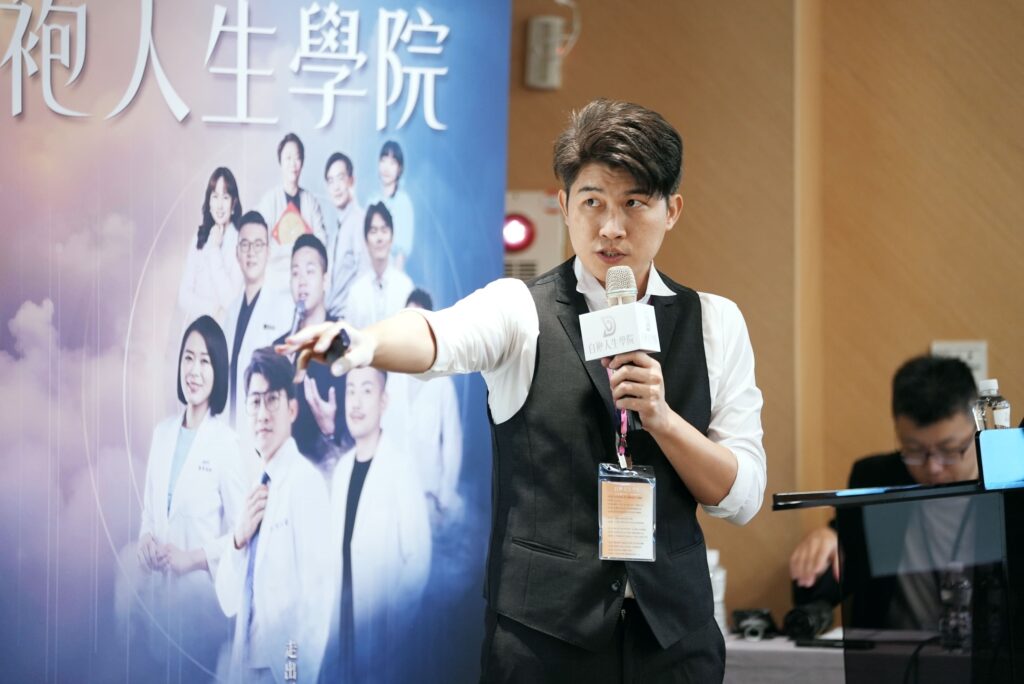
For Medical Leaders, CEOs, Founders and Successors, Leadership IP Is Inseparable from Stakeholder Communication
In the closing Q&A session, Dr. Roger Chang and Harry Hsu jointly outlined for the doctors the many dimensions of value that international influence can bring to the medical profession. Speaking from a global perspective, Hsu discussed leadership positioning and persona, the orchestration of international media networks, the management of a leadership self-media presence with global reach, and strategies for meaningful participation in international affairs. He concluded by framing AI as both an amplifier and a validator, drawing a clear and actionable roadmap for building leadership IP in the age of artificial intelligence.
“The clients and partners of The Icons, including founders, CEOs, family successors, medical and professional leaders, fund managers and heads of non-profit organisations, all share one defining trait. They arrive at critical moments with clear objectives,” Hsu noted. “Whether it is ensuring a smooth succession, maintaining stability before and after an IPO, opening doors in overseas markets, securing new rounds of funding or large-scale recruitment, establishing legitimacy for skilled migration, setting the tone for mergers and acquisitions, or gaining a voice in the supply chain, the essence is always the same: leadership IP built on clarity of purpose.”
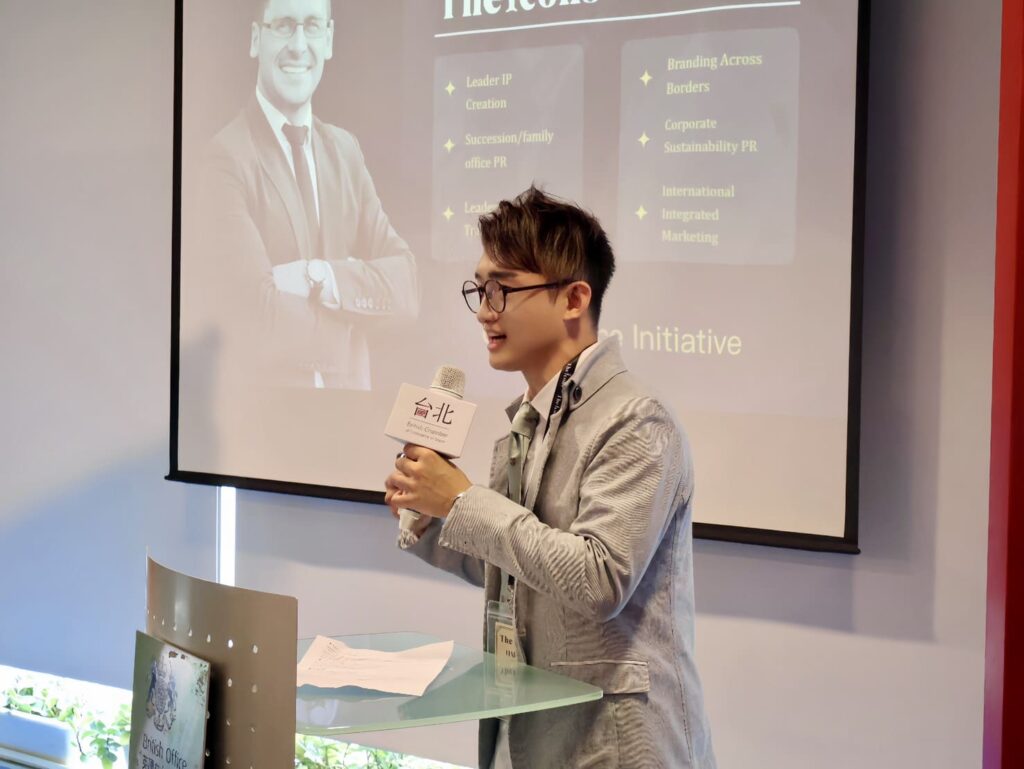
“At the end of the day, these milestones are all about speaking to the right audience. Everything begins with stakeholder communication,” Harry Hsu observed. Once the issue of stakeholder engagement crosses borders, it becomes even more interesting. The challenge is to elevate local evidence and language into a public language that can transcend contexts, so that peers can cite it, international media can retell it, and policymakers are willing to adopt it. Only then can influence naturally cross boundaries and spread effectively within different national settings.
Hsu outlined a structured pathway for doctors seeking to step onto the international stage: set a clear direction, build alliances, create platforms, and let the world take notice. First, determine a value proposition that resonates within a global context. Next, forge networks through alliances of various kinds to generate momentum. Third, do not wait for a stage to appear, but design one with the right audience and level of visibility. Finally, convert the accumulated energy of these three steps into visibility and international endorsement.
“Internationalisation is not a sprint. It is a long-distance journey that demands patience, foresight and careful planning,” Hsu reminded his audience. “These four steps may appear sequential, but in practice they overlap and reinforce one another. When a leader is able to balance direction, alliances, platforms and global vision, his influence will transcend geographic boundaries and enter the core of the international arena. From there, it will refract back into his own community with even greater impact.”
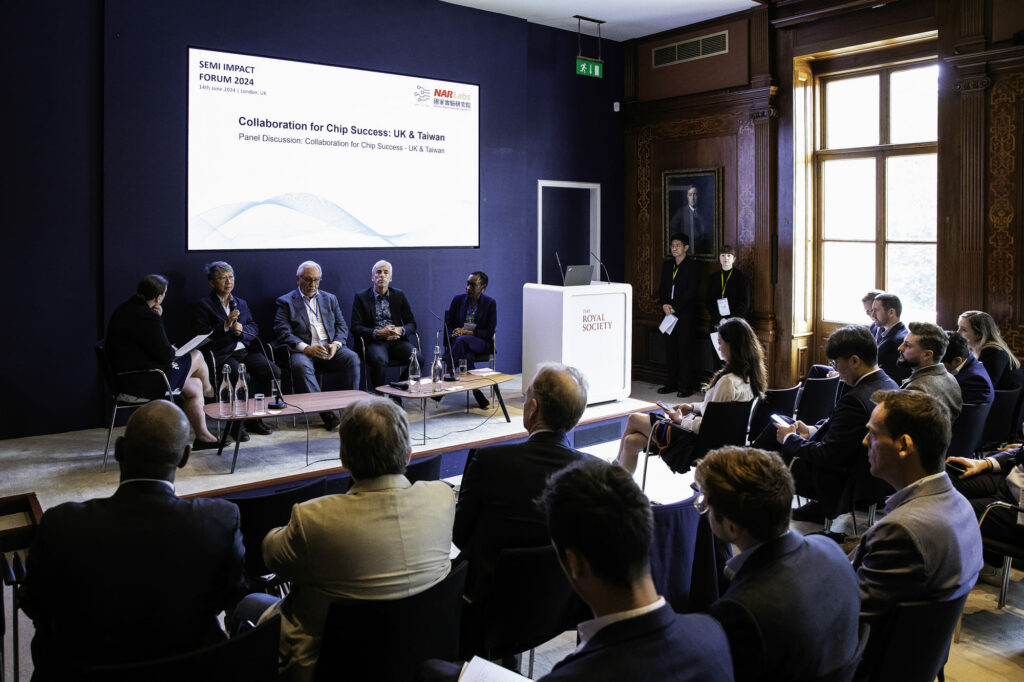
In the Age of AI, Character Leverage Remains the Only True Moat
As the lecture drew to a close, Harry Hsu returned to a theme that is both fundamental and enduring: warmth. He reminded the doctors present that no matter how precise the strategy or how advanced the technology, the ultimate test of leadership IP lies in authentic human resonance. In an age where AI rapidly replicates knowledge and replaces processes, only the emotional connections drawn from lived experience can form a moat that cannot be breached.
“A corporate brand is an external armour of cold steel, whereas an entrepreneur’s brand is flesh and blood infused with warmth. It is this warmth that ultimately convinces stakeholders to walk alongside you,” Hsu observed.
In his closing summary, Dr. Roger Chang echoed this sentiment. “Warmth also reflects the founding spirit of the DR.HAO Academy. We do not merely pass on knowledge, we hope to connect with every medical professional who carries ideals and humanity in their work. Keeping warmth at heart may in fact be the most precious value we can offer the world as doctors.”
The programmes offered by the DR.HAO Academy go beyond professional training. They create a space where doctors can challenge and inspire one another, while exploring their identity and values. From medical expertise and personal IP to career planning and international development, the Academy provides more than methodology. It offers a platform where doctors can advance together and shape the world with warmth.
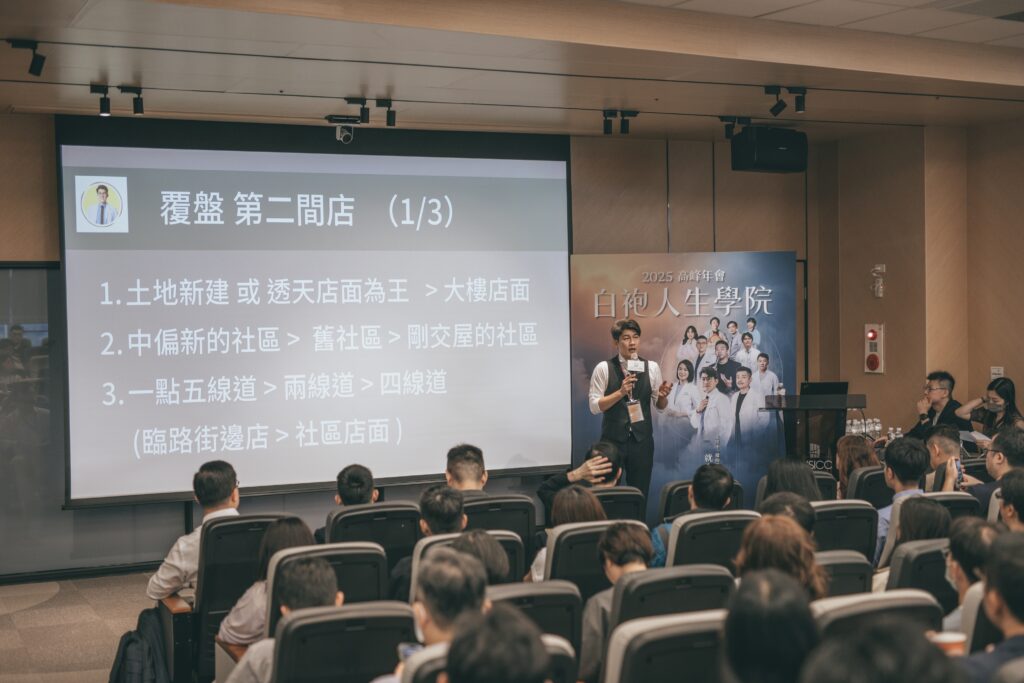
Dr. Roger Chang also announced that this season’s programme, Systematic Practical Medical Communication 3.0, will take place online on 31 August 2025 from 19:00 to 22:00. The course continues the themes of warmth and professional discipline that he raised during the seminar, emphasising communication not as rhetoric but as an essential clinical and governance skill.
The sessions will be grounded in real scenarios, guiding doctors to adapt the same expertise to different audiences: patients, peers, teams and society at large. This echoes the concept introduced by Harry Hsu in his keynote, building a repeatable framework that aligns information, reduces misunderstanding, and strengthens both efficiency and trust.
“Reflecting on Harry Hsu’s point, hospitals may be seen as the armour of rationality, yet we ourselves are the flesh and blood imbued with warmth. In today’s medical communication, we must give stakeholders, including patients, a reason to walk alongside us. Warmth will always remain the unchanging starting point,” Chang affirmed.
Recommend for you:
Stepping Beyond the Clinic — DR.HAO Academy: Shaping a Personal Narrative Space